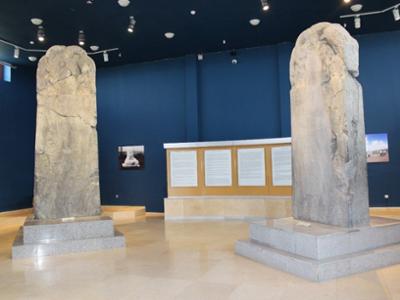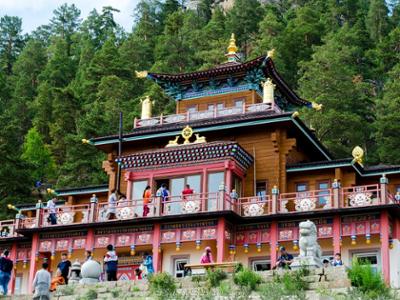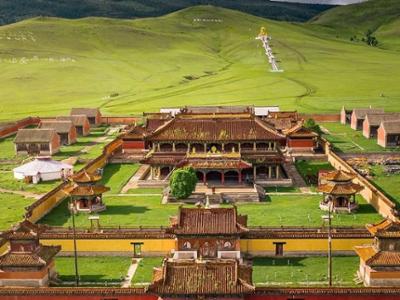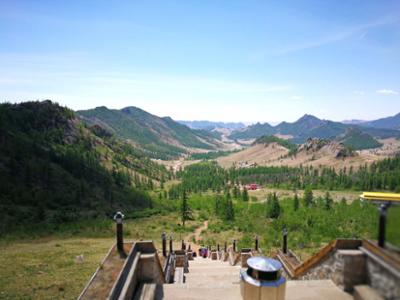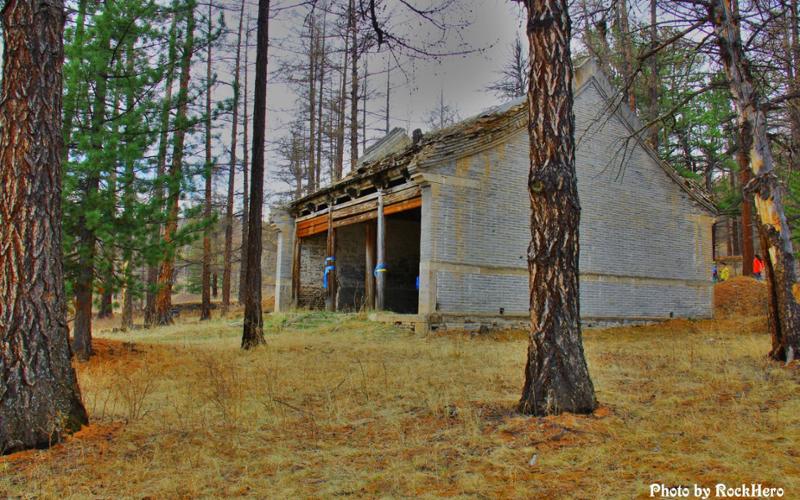
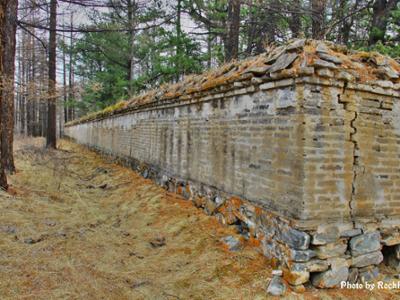
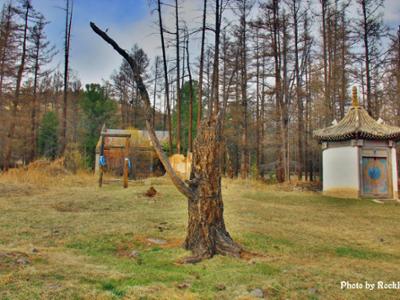

Gunj Temple (Princess’s Temple)
Gunj Temple, also known as the “Temple of the Princess,” was built in 1740 by nobleman Dondovdorj to honor his first wife, a Qing emperor’s daughter. Located at an elevation of around 2,100 m in the forested Khentii Protected Area, it is situated 38 km northeast of Gorkhi‑Terelj National Park and about 140 km from Ulaanbaatar.
General Information
- Founded: 1740
- Founder: Efu Dondovdorj, in memory of his Qing wife
- Elevation: about 2,100 m
- Access: via road through Terelj, then forest paths or horseback
- Highlights:
- Enclosed historical temple (approx. 70 × 40 m)
- Survived the 1930s communist purges
- Remains neglected yet sacred
What to See / Do
- Visit the almost intact forest temple
- Combine with a horse trekking itinerary
- Enjoy peaceful surroundings amidst pine trees and rock formations
Travel Tips
- A guide is essential to reach the site
- Overnight in tents or gers if doing the full trek
- Bring sturdy footwear, warm layers, food supplies, headlamp

